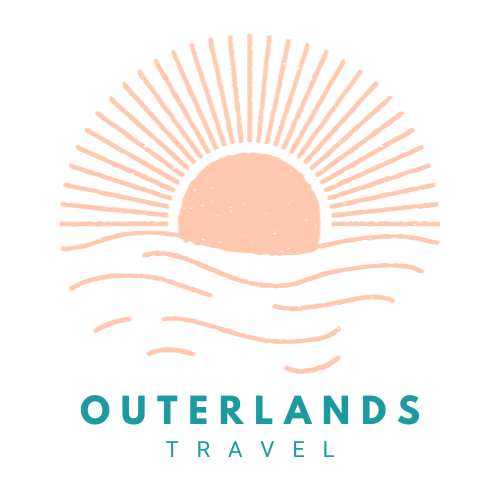Paddle Boarding Horseshoe Bend and Marble Canyon is a mesmerizing experience among wild horses, ancient petroglyphs, and towering canyon walls ablaze in oranges, pinks, and reds.
To access this stretch of the Colorado River, you’ll need to start at Lees Ferry, where for a reasonable fee, many outfitters will backhaul you upriver to the Glen Canyon Dam at the base of Lake Powell. From there, it’s a relatively easy paddle back downstream to Lees Ferry.
(The following guide works just as well for those who prefer kayaking to paddle boarding!)
Distance: 15 miles Estimated Time: 5 hours or more Best Time to Go: spring (late March – May) or fall (late September – early November) Conditions: Smooth, no rapids Camping Overnight: Yes. There are five designated campsites along Marble Canyon.
Did you know? Marble Canyon is the first section of the vast Grand Canyon complex. So while it’s still 120 miles from proper Grand Canyon National Park, technically you’ll have paddled one of the seven natural wonders of the world!
Jump to:
- River Conditions
- What to Bring
- Paddleboard and Kayak Rentals
- Getting to Marble Canyon
- Getting Upstream
- The Route: Glen Canyon Dam to Lees Ferry
- Ancient Petroglyphs
- Camping Overnight
- Safety and Weather Conditions
River Conditions
- Water levels: The Glen Canyon dam regulates the Colorado River along this stretch, thus ensuring steady water flow that doesn’t fluctuate dramatically.
- Currents: Currents are minimal, and the water is often placid. There are no rapids, only a few “riffles” here and there.
- Other Craft: This section of the river is popular with boaters, kayakers, and paddlers. Ensure you always stay to the right-hand side of the river, to avoid watercraft coming in the opposite direction.
- Water temperature: Average water temperatures vary between 45° Fahrenheit lows (7° Celsius) in January and February, to 65° Fahrenheit highs (18° Celsius) in August and September.
What to Bring
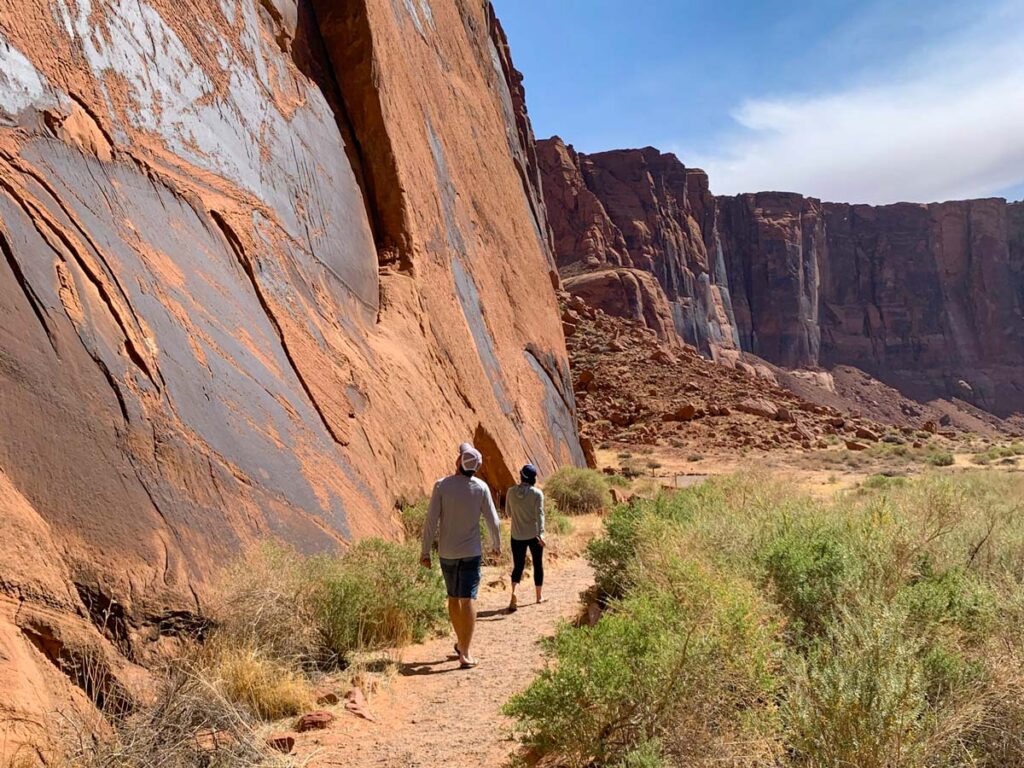
While not an exhaustive list, the following is a reasonable checklist for a 5-hour paddle through Marble Canyon and Horseshoe Bend.
Necessary Gear
- Sunscreen, hat, sunglasses, towel.
- Lunch, snacks, water, other drinks. Bring enough for a half-day excursion, with plenty of water to avoid dehydration in unrelenting sun.
- Waterproof shoes or rubber sandals. Besides the obvious river launch and take-out, it’s also a unique experience (strongly recommended!) to see the ancient Native American petroglyphs along the canyon walls. This requires an approximately 1-mile roundtrip walk along a dirt path. The hike can be done in sandals, but if you choose to bring another pair of shoes, you can.
- Cover up. The boat ride upriver is often breezy and chilly. You’ll be glad to have a sweatshirt.
- Cash. Many boat operators are cash only, and tips are always appreciated!
Optional Gear
- Bathing suit. In the desert heat, the water will look extremely inviting for a cooling dip.
- SPF Sun Shirt. We personally like Outdoor Research brand, but anything with SPF is great added protection.
- Don’t forget photos! You can either rent a waterproof camera or bring a waterproof case for your iPhone (we also affix a flotation lanyard to our phones, in case they’re ever dropped in the river).
Paddle Board and Kayak Rentals
If you don’t have your own watercraft, you can rent paddle boards or kayaks from several nearby outfitters. Many of the backhaul operators also have rentals that they’ll add to your reservation.
Nearby Lees Ferry, Kayak the Colorado and Kayak Horseshoe Bend are two reputable outlets, with rentals running approximately $35/day.
The closest town of Page, Arizona has numerous rental companies as well, although rentals are typically more expensive (often $60/day) and you’ll need to transport the watercraft to Lees Ferry yourself.
Getting to Marble Canyon
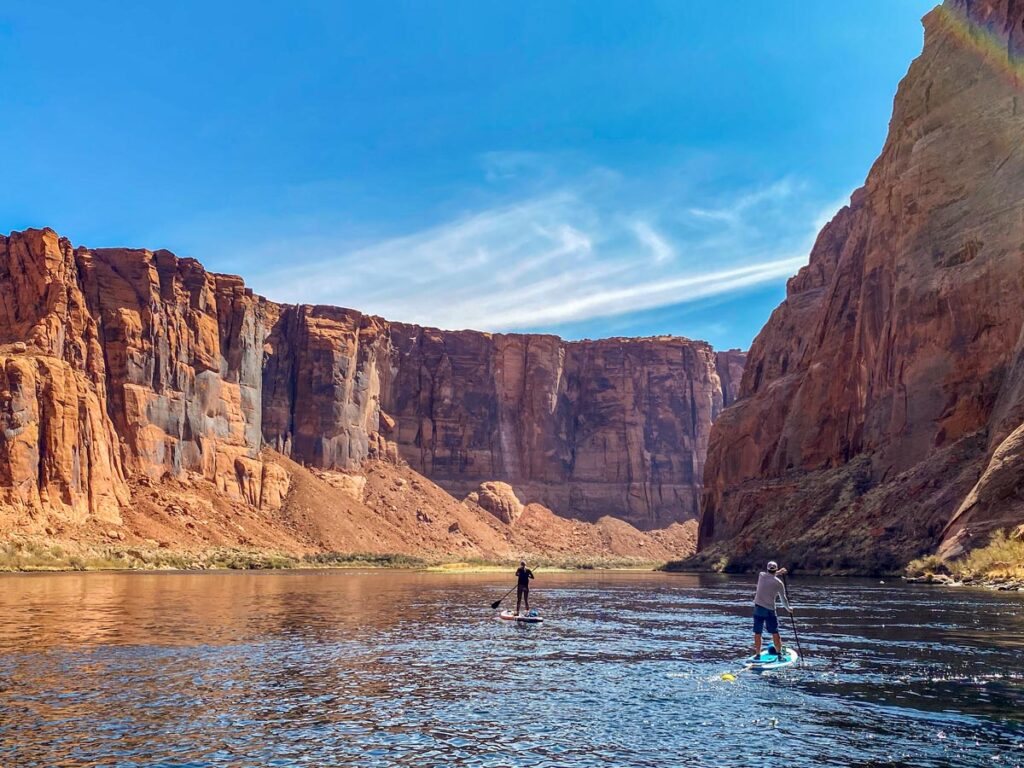
To paddle board or kayak the Colorado River through Marble Canyon and Horseshoe Bend, you must start downstream at Lees Ferry (directions) and be ferried upstream to start your adventure.
The Department of Homeland Security does not permit anyone near the Glen Canyon Dam, so it’s impossible to launch directly from Lake Powell and float downstream.
Neither are there any alternate access points along the river, to permit your own shore launch. The canyon walls on either side are 1,000 feet tall, and inaccessible from above.
Getting Upstream
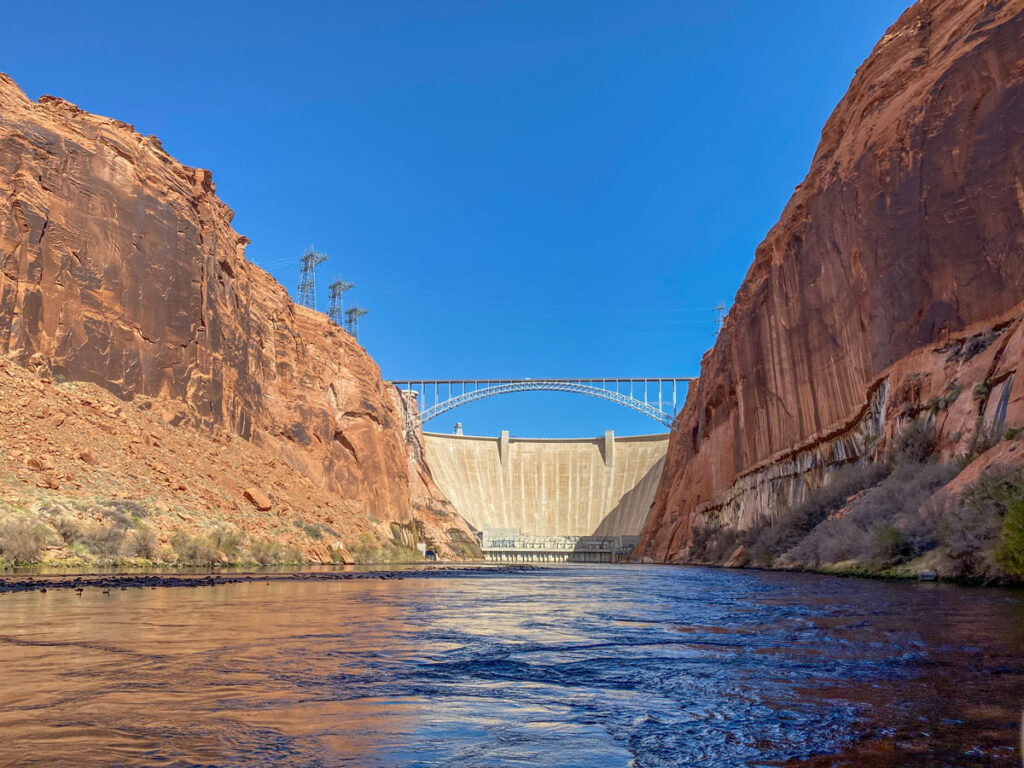
There are multiple river outfitters near Lees Ferry, who will shuttle you upstream to start your adventure.
We’ve used Marble Canyon Outfitters with only positive experiences, but a few others include Kayak Horseshoe Bend, Kayak the Colorado, and Wilderness River Adventures.
It typically costs $75–100 per person (including your gear) to be ferried 45 minutes upstream. You can either bring your own paddle board or kayak, or rent watercraft for approximately $40–50 per day.
The Route: Glen Canyon Dam to Lees Ferry
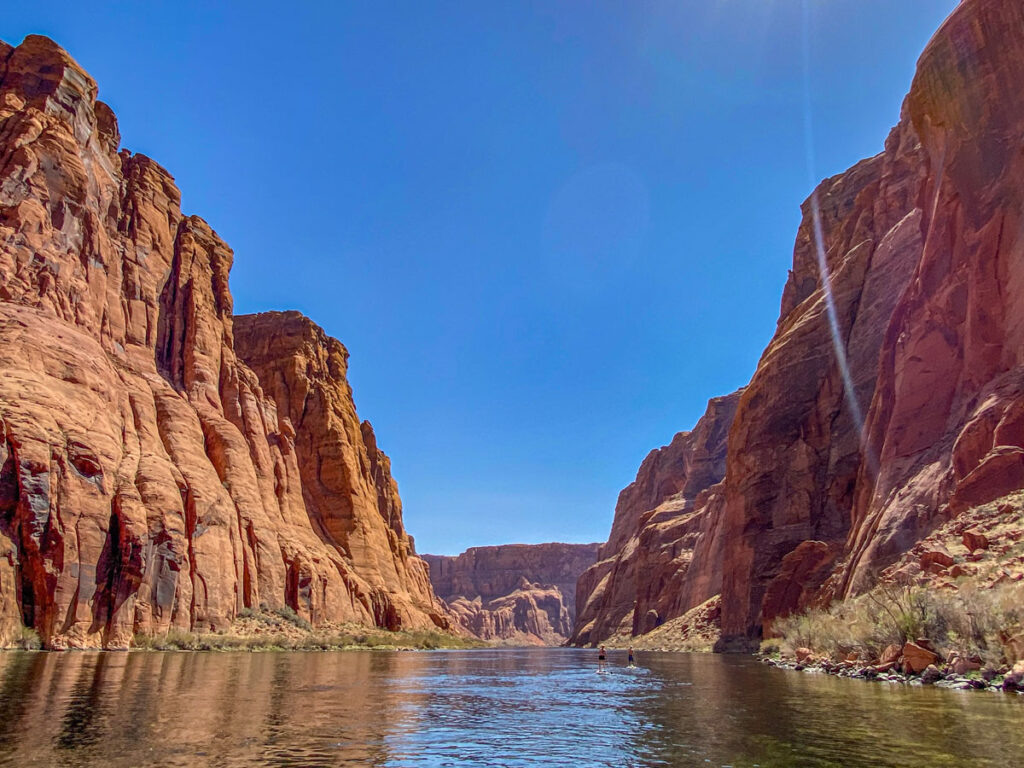
Once you reach Glen Canyon Dam (the southernmost point of Lake Powell), your guide will anchor at one of the sandy beaches to help unload you and your gear.
From here, it’s a smooth 15-mile paddle back down to your vehicle at Lees Ferry. Marble Canyon mile markers start highest (with Glen Canyon Dam being mile 15) and count down to mile 0 at Lees Ferry.
Along the route, there are frequent sand berms, small beaches, and inlets, providing ample opportunities to beach your craft and picnic, or simply relax in the shadow of towering sandstone canyon walls, unchanged by the passage of thousands of years.
Horseshoe Bend
Horseshoe Bend is located at approximately mile 9, halfway between Petroglyph Beach (mile 10) and 8 Mile Camp.
From the Colorado River, this bend appears no different than any of the others you’ll traverse today, so you’ll need to pay attention if you want to pause and acknowledge the famous landmark.
If you look closely, you’ll see tiny specs along the canyon rim — those are the tourists, 1,000 feet above you.
Wild Horses
Wild horses can often be spotted closer to Lees Ferry and mile 0.
Here, the canyon tapers to less dramatic heights, but with the added scrubland are some resident herds who frequently come down to the water’s edge to drink.
There is a sizable beach around Waterholes Canyon Trailhead (between miles 3–4) that will regularly have horses lazing on its shaded banks.
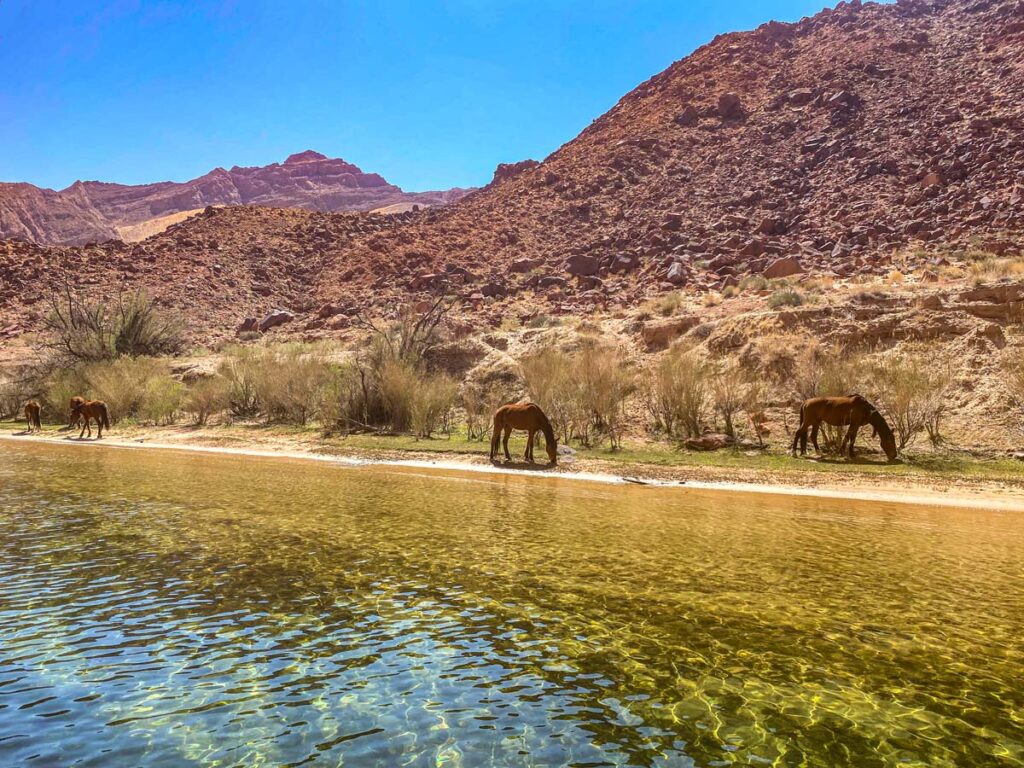
Ancient Petroglyphs
As with all of Marble Canyon, Petroglyph Beach is only accessible by watercraft: you cannot hike to the petroglyphs without first backhauling up the Colorado River from Lees Ferry.
These ancient drawings carved into the canyon walls are estimated to be between 3,000 – 6,000 years old. The etchings depict sheep, humans, and other figures important to the Native Americans who inhabited this region millennia ago.
To access the carvings, you’ll come ashore at Petroglyph Beach (around mile 10) and follow the dirt trail approximately 0.5 mile to the right, where you’ll start to see the glyphs stretching along the canyon walls up to eye level.
While not extensive, Petroglyph Beach is an extremely worthwhile diversion. Admiring these ancient carvings, among the same surroundings as the artists themselves saw thousands of years ago, helps to provide a much more comprehensive appreciation for this region, its history, and people.
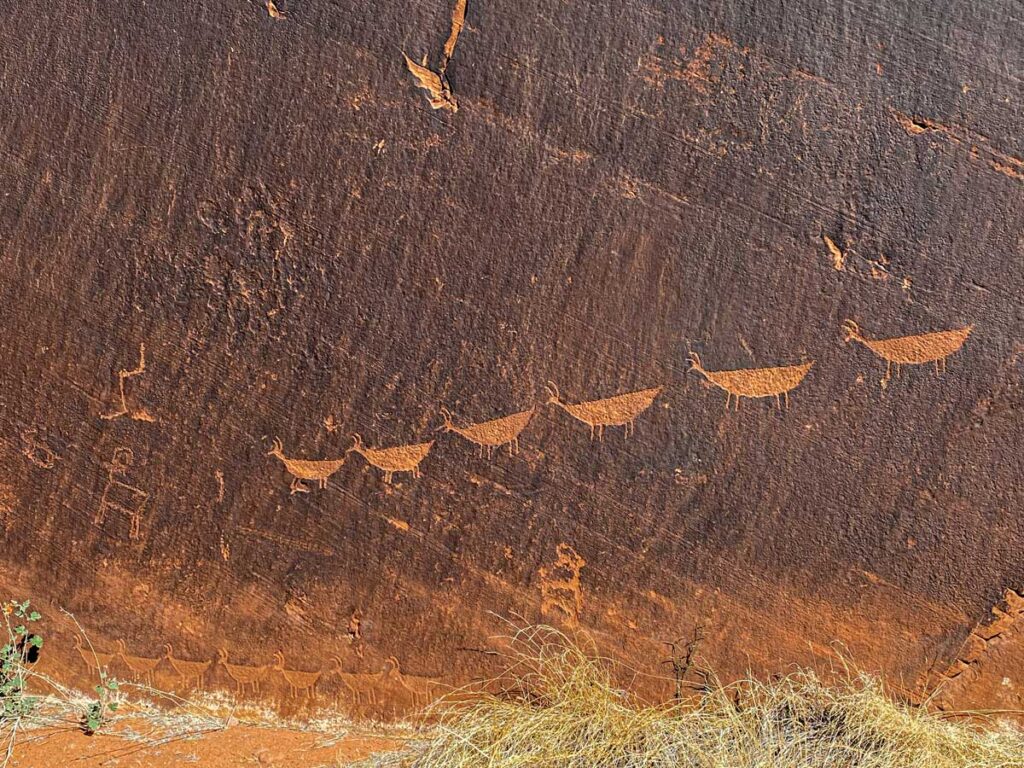
Camping Overnight
There are five campsites interspersed between Glen Canyon Dam and Lees Ferry, on small shorelines along the Colorado River.
If you plan to stay overnight, you must camp in one of the designated sites, as they are outfitted with toilets and fire pits. Be sure to pack out all trash.
Campsites are only accessible from the river, so you must still use a backhaul service to get to the sites. Sites are first come, first served — no reservations.
Campsites:
- Ropes Trail (approximately mile 13)
- Ferry Swale (approximately mile 11)
- 9 Mile Camp
- 8 Mile Camp
- 6 Mile Camp
To learn more, visit the NPS page for Lees Ferry and scroll down to “Colorado River Primitive Camping, Between Glen Canyon Dam and Lees Ferry.”
Safety and Weather Conditions
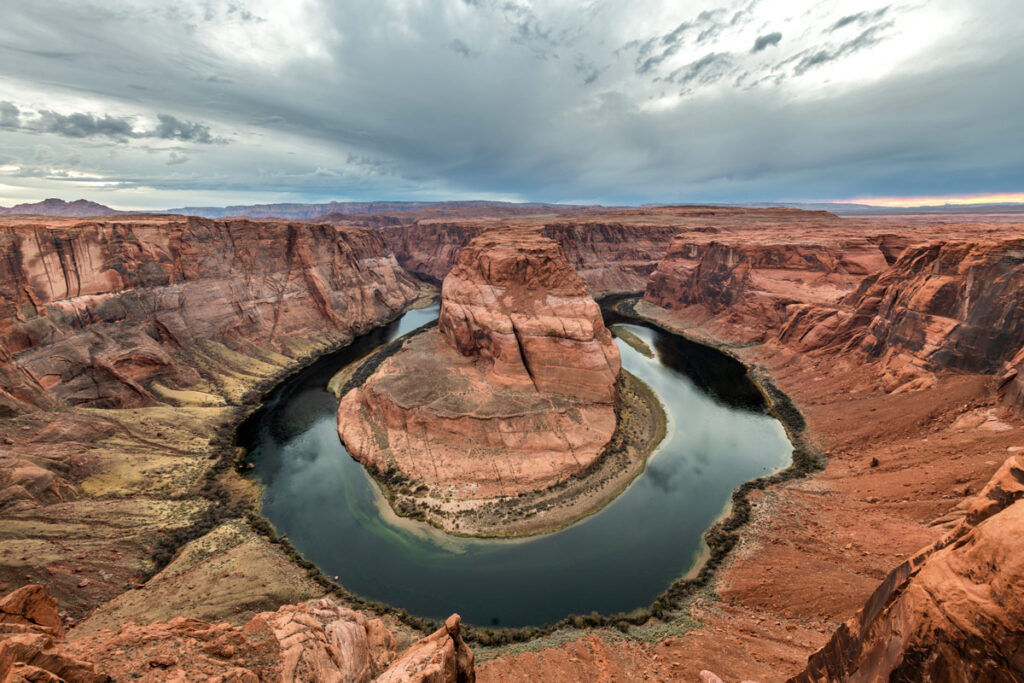
Always check the weather forecast and conditions in Marble Canyon prior to your trip. Being desert, the weather can fluctuate dramatically, with freezing temperatures in winter months and blazing heat in the summer.
Spring cold fronts can create high winds sweeping through the canyon, while July and August monsoons bring the threat of flash floods. The company you reserve backhaul service with can help you analyze the forecast and determine when to go.
With the seasons also comes the risk of exposure. Hypothermia can be problematic in the winter, with dehydration risk high in the summer months. Always plan accordingly, and err on the side of overpacking for your adventure.
The National Park Service requires that anyone paddling or kayaking the Colorado River along this stretch wear a U.S. Coast Guard approved personal flotation device. You can read more safety regulations here.
